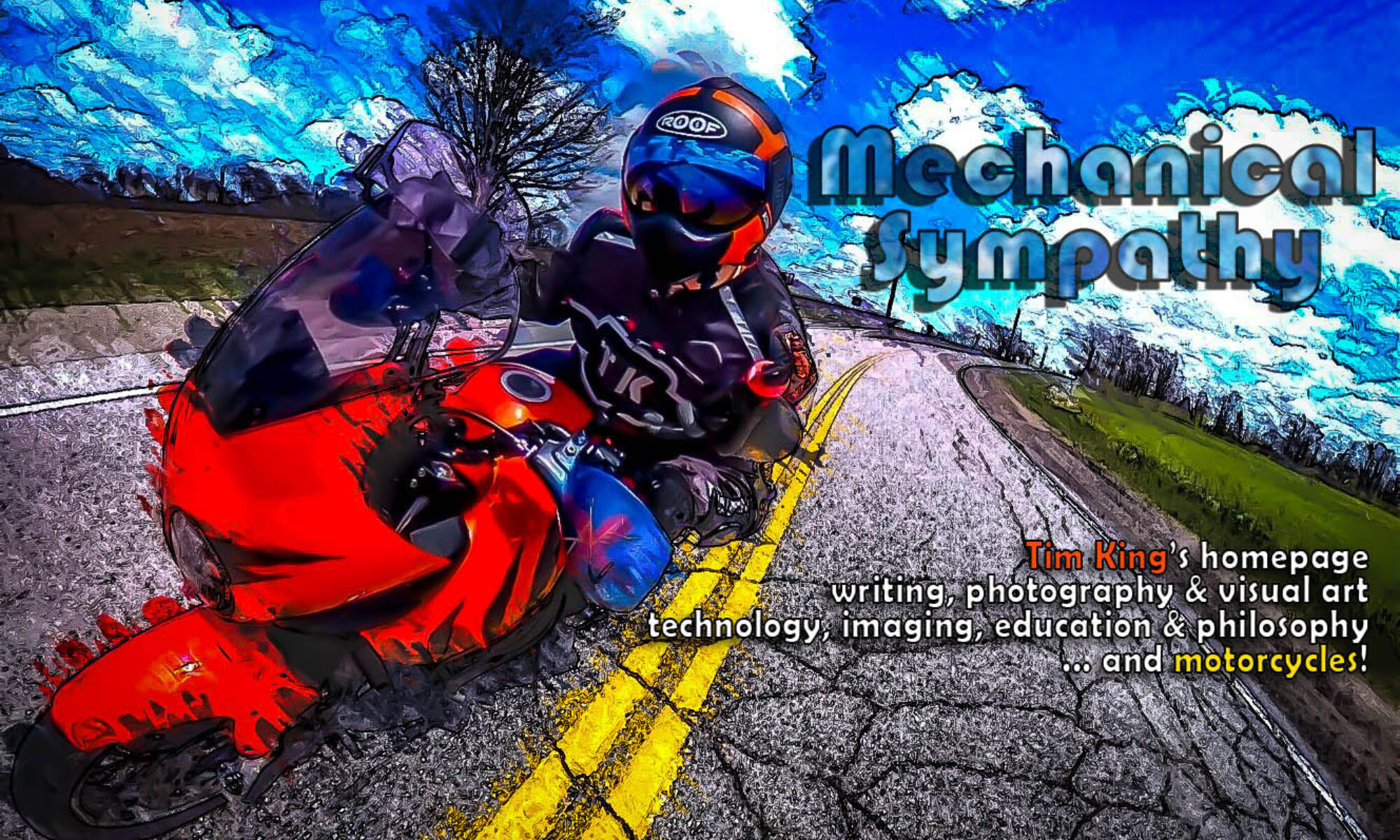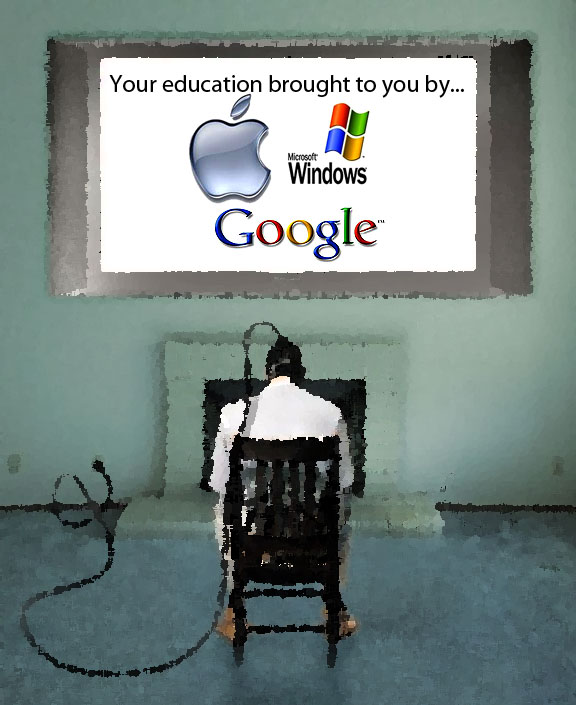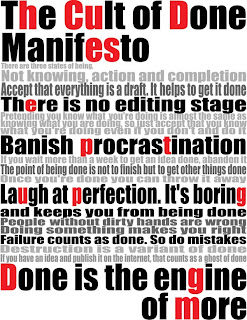The Toyota Prius hybrid car is a series of expensive compromises. Born at a time when we are transitioning from fossil fuels to electrical power, the Prius is a car that combines gas tanks, gas powered drive trains and engines with batteries, and electrical motors that do the same jobs more efficiently. The result is a poor performing car that weights a thousand pounds more than the equivalent gas powered vehicle because it’s trying to live in two worlds at once. If you’ve ever driven one, you’ve got to know that the future is grim indeed. Fortunately, hybrid cars are a momentary blip on the automotive evolutionary scale. As the transition from gasoline to electrical vehicles happens, and electrical infrastructure and technologies improve, the compromise of a hybrid along with all the pointless redundancy will no longer be necessary.
Our education system is in a similar situation, and it’s an expensive moment to have to live through. The future consists of paperless, friction-less information. The past consisted of papered, controlled, expensive, limited access to information. In 2012 education is straddling that paper/digital divide, trying to answer to centuries of paper based tradition while also struggling to remain relevant in a rapidly digitizing world. It’s an expensive gap to cross, and one that is full of incongruities and compromises – ask Toyota engineers, it’s an impossible position to create anything elegant in.
We struggle to produce students relevant to the increasingly digital world they are graduating into while experiencing more paper-based drag than just about any other industry. Whereas business and research have leapt into digitization, driven by the need to find efficiencies in order to be competitive, education struggles to understand and embrace the inherent advantages of digitization. The only urge to do so is in trying to remain relevant to our students – perhaps the least politically powerful (yet most important) members of the educational community.
I see teachers spending thousands of dollars a year on photocopying handouts (of information easily findable online which then get left behind), and no one bats an eyelash. Thousands more are spent on text books that are already out of date when they are published, also often showing information that can as easily be found online. At the same time we struggle to find funds to get the basic equipment needed to embrace digital advantages; the between directions is apparent.
The good news is that this is a temporary shortcoming – we won’t be building Priuses or trying to fund two parallel (analogue & digital) education systems for long. Once the tipping point is reached and migration happens, the inherent efficiencies of digital information will transform education. In 20 years will look back on this time of factory schools like we look back on the age of one room school houses. In the meantime, the strain of trying to please the past and the future at the same time is causing confusion and misdirection.
We ignore what is happening digitally in society in general and risk becoming increasingly irrelevant as an education system. We also risk producing students who are increasingly unable to perform (aren’t taught how to manage the digital) in a world very different from the one they were presented in school. In the meantime we’re trying to satisfy traditional academic habits in order to appear proper and correct (books on shelves, teacher at the front, tests on readily available information, streamed classes that feed the right students to the right post secondary institutions using the same old established marking paradigms).
Once again, the ECOO Conference, its feet firmly planted in the future, looked forward while getting slew footed by traditional interests. Perhaps the best we can hope for is compromised hybridization. Oddly, those traditional interests often include the people who run IT in education who seem more interested in ease of management than they are in our primary purpose (learning… right?).
The term guerilla-teacher came up again and again; a teacher who goes off into the digital wilderness alone in order to try and teach their students some sense of the digital world they will graduate into. The last presentation I saw by Lisa Neale and Jared Bennett made a compelling argument for bringing the rogue digital teacher in from the cold, but as a digital commando I am reluctant to trust a system that still places perilously little importance on my hard earned digital skills.
Very little of my practice now occurs in traditional teaching paradigms. My classes are all blended (online and live), virtually all of my students’ work happens online in a collaborative, fluid, digital medium. I don’t spend a lot of time in board online environments. It’s as much about my own discovery as it is my students. Traditional teaching situations seem more about centralization, standardization, itemization and control.
If we move past a hybridized analogue/digital divide in education and digitized learning becomes standardized and systematized, I may very well lose interest. There’s something to be said about being a cyber settler, alone on the digital frontier. Perhaps I should be pushing the hybridized divide – it keeps this hacker/teacher beyond the reach of standardization.



















